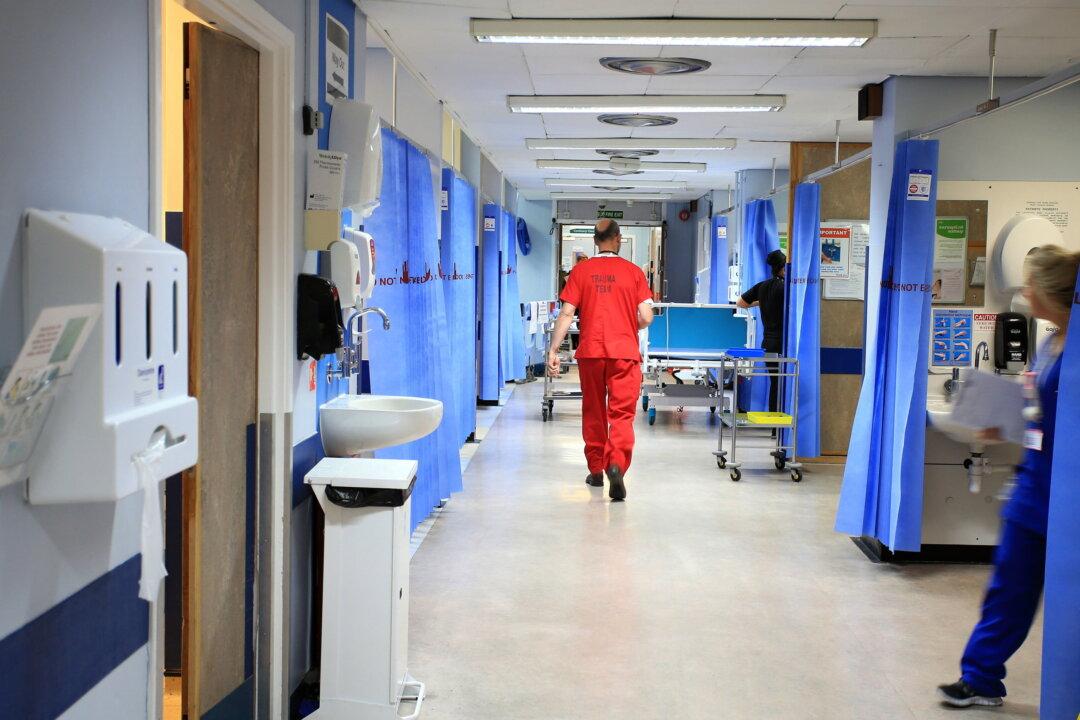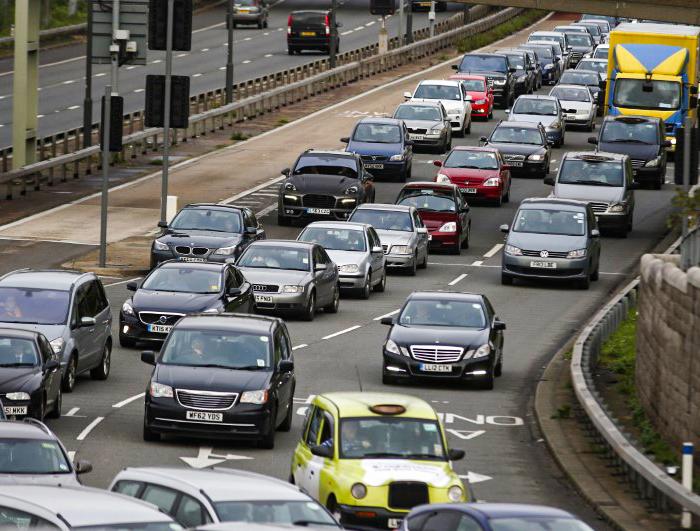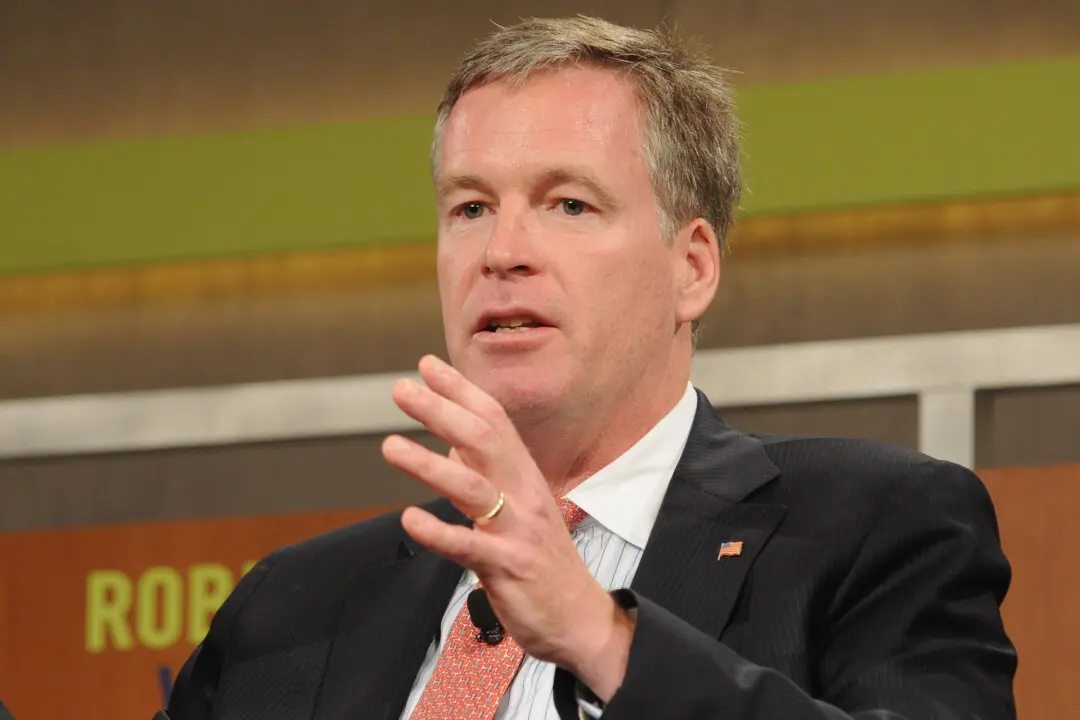A freedom of information request by the Liberal Democrats has revealed thousands of reported pest problems across NHS hospitals in England.
Leader of the Liberal Democrats Ed Davey called the findings a “national scandal.”
“In people’s hour of need, they need to be safe from bugs and rodents. Instead, wards are falling apart at the seams, with foul pests allowed to roam freely,” Mr. Davey said.
The party had requested data on pest problems from the healthcare providers but said that not all hospitals provided feedback.
Available responses revealed more than 18,000 pest problems across NHS hospitals in England over the past three years. This included rats in maternity wards and wasps nests in imaging areas.
Among other issues were ants “coming through the ceiling,” cockroaches on wards, maggots in a mortuary, and rodents in a kitchen.
According to feedback by one of the hospitals, its staff was suffering from bug bites and could hear animal noises from inside the walls, while the building had a “fly infestation.”
Other reports mentioned rat droppings in a body bag and a dead headless pigeon found by staff.
Mr. Davey urged the government to provide “emergency funds for crumbling and unhygienic hospitals.”
New Hospital Scheme
The Department of Health and Social Care said the government has been making “significant” investments to upgrade and modernise NHS buildings. This includes a £4.2 billion investment this financial year, which comes on top of the £20 billion for the New Hospital Programme.The new hospital scheme is part of the government’s commitment to build 40 new hospitals in England by 2030.
Under the programme, the NHS has asked the government to prioritise the construction and repair of seven badly affected hospitals in West Yorkshire, Norfolk, Cambridgeshire, Cheshire, Surrey and Bury St. Edmunds. Five of the sites were deemed unsafe to operate beyond 2030.
Last year, the government said that the announced £20 billion investment in hospital infrastructure would “help cut waiting lists” and eliminate risks to patient care.
“We have also invested a further £1.7 billion for over 70 hospital upgrades across England alongside a range of nationally funded infrastructure improvements in mental health, urgent and emergency care and diagnostic capacity,” a Department of Health and Social Care (DHSC) spokesman said.
According to the Liberal Democrats the infestation issue would require more than £3 million to deal with the problem.
Persistent Problem
According to the national standards of healthcare cleanliness, organisations like hospitals, should procure licensed specialist contractors to support pest control.“Individual NHS organisations are legally responsible for maintaining their estates, including pest control,” the DHSC spokesman said.
The most common pests are divided into four categories: rodents, crawling insects, flying insects, and birds. According to data, received by the Liberal Democrats, one trust reported 156 incidents of pests, which were proactive weekly callouts over the past three years.
The pest problem is not a new one for the health care system in the UK.
Data for 2015–2016 obtained by the Press Association under Freedom of Information showed nearly 5,000 pest control callouts by NHS trusts to hospitals in England. Pests had been seen in maternity wards, children’s intensive care units and operating theatres.
In April 2016, postnatal patients from the Maple Ward in Birmingham Heartlands Hospital had to be evacuated after an invasion by mice.
Last year, four operating theatres at Clatterbridge Hospital were shut down for days after rodent sightings in the building.







